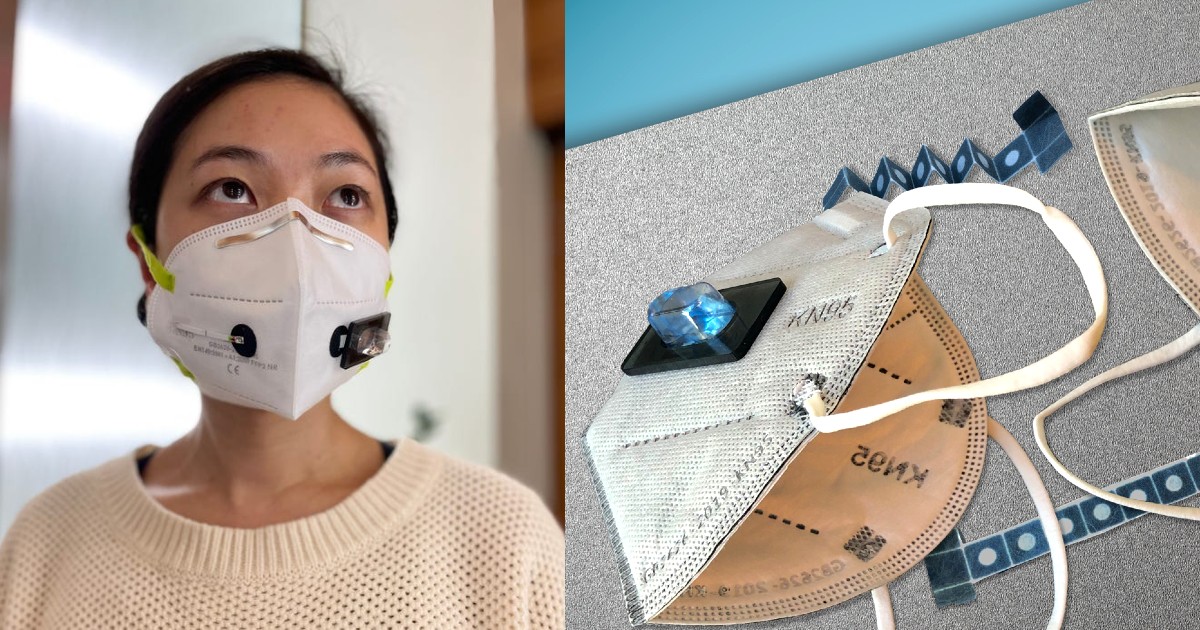Engineers from the Massachusetts Institute of Technology (MIT) have developed a face mask to detect COVID-19 infections. Sensors are placed inside the mask to detect viral particles in the wearer’s breath. The mask also has a small water reservoir that could be used to activate it.
Applications of the face mask
The mask can make a diagnosis within 90 minutes of a wearer putting it on. For the sake of privacy, results are displayed on the inside. It also has sensors outside to detect environmental exposure.
According to the researchers, the same technology can make other types of clothing, such as lab coats that detect COVID-19 or other pathogens. The disposable sensors in the mask can fit into other coverings. Few adjustments are needed for it to test other pathogens.
Placing the sensors on lab coats and masks can come in handy when detecting the exposure of healthcare providers to pathogens. Scientists can also use them to make clothes for military personnel and first responders.
How the test works
According to Professor James Collins, the researchers have frozen-dry various synthetic biological sensors to detect bacterial and viral nucleic acids and toxic chemicals such as nerve toxins. Collins has been developing this technology for years.
In 2014, Collins found that he could embed nucleic acids and proteins required to make synthetic gene networks that interact with specific target molecules into paper. In this way, he was able to develop paper diagnostics for Zika and Ebola viruses.
Recently Collins started to embed sensors into clothing. His goal was to make a lab coat for healthcare providers who are at risk of being exposed to pathogens. For the wearable sensors, they incorporated freeze-dried cellular components into part of the fabric and surrounded them with silicone elastomer.
The scientists found that splashing liquid with viral particles in the fabric hydrated the freeze-dried components and activated the sensors. Scientists can adjust the sensors to give different kinds of signals, such as colour changes. A wearable spectrometer that can read the results and send them to a mobile device can be added to the fabric.
The researchers have filed a patent for their technology and will continue to improve it.


